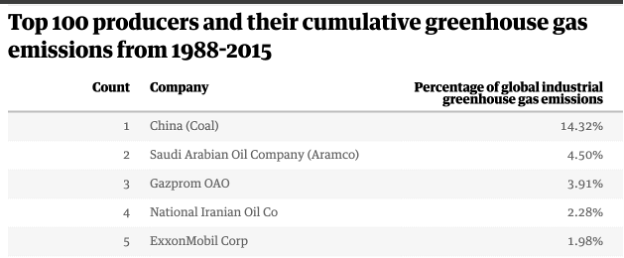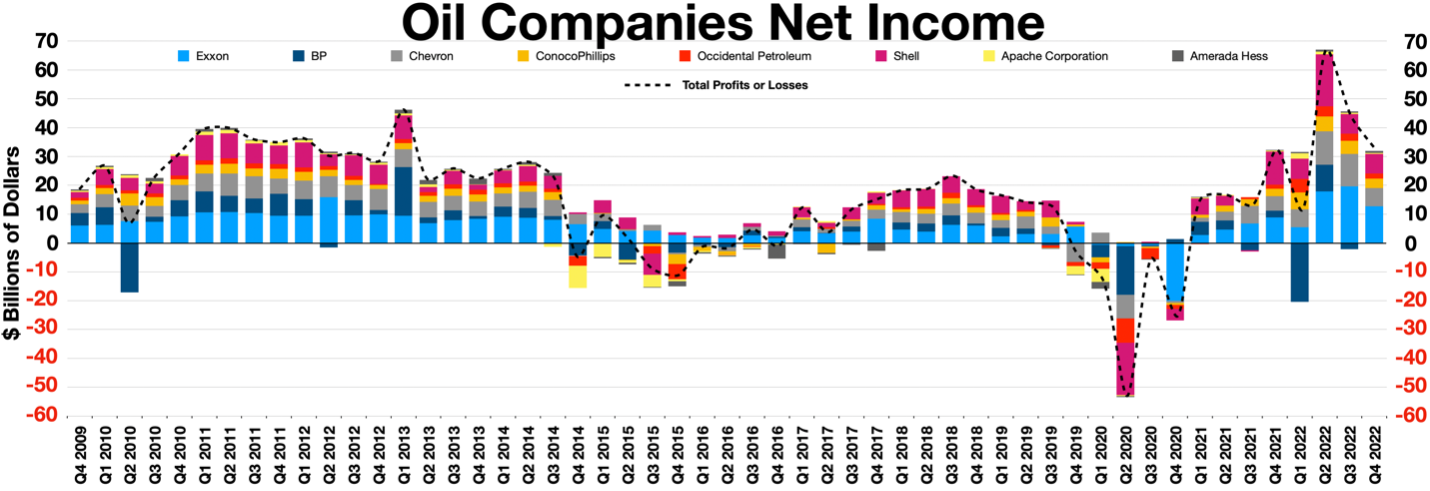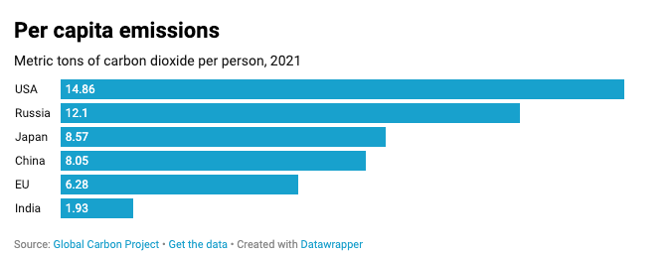![]()
by Hannah Back
In the first post of the series, I wrote about a common feeling of pessimism surrounding climate change, particularly in young people. I discussed some reasons why this occurring and put forth an alternative way of thinking that some scientists suggested. They said we should think about climate change in this way:
“Climate change is within our control and not inevitable, but changes must be comprehensive.”
If comprehensive changes must happen, what is our role in this? In this post, I’ll discuss how each of us contribute to climate change, and what we can do about it.
The driving force of climate change is carbon dioxide (CO2) emissions, which stay in the atmosphere for thousands of years and cause long lasting warming. Other greenhouse gases (GHGs) also contribute to warming. To see what we can do to limit climate change, we have to see how much we’re all contributing to CO2 emissions. In this post, I’ll mostly talk about CO2 and CO2-equivalent (CO2e) emissions. CO2e is just a convenient way scientists measure all greenhouse gases together.
We often hear about “making green choices” or discussion of person’s “carbon footprint”, but I always wondered how much of an impact a single person can really have.
So, let’s find out!
What (or who) is causing climate change?
A common statistic online says the following: Out of all the corporations in the world, about 100 are responsible for 71% of fossil fuel emissions1. These 100 companies are oil and gas industry related:

The top five companies contributing to global warming are all fossil fuel companies1.
Is climate change fully in their hands, or is there anything we can do?
While these companies do hold responsibility for climate change because they sell fossil fuel products, they are still governed by supply and demand. They produce and sell these fossil fuels depending on how much their customers—gas stations, factories, power plants, and other transportation-related industries—will buy2. If there were no purchasers, they would not make money.
An example of how this works can be seen from the Covid-19 pandemic. When Covid lockdowns hit in 2020, global industry came to a halt. There was a huge drop in demand for fossil fuels, and the price of oil fell3. Oil and gas companies lost billions of dollars in 2020.

In 2020, every oil company lost money4.
Emissions also fell because of the pandemic – people didn’t need to drive to work, businesses were closed, and industrial activity in general stopped. As a result, in 2020, the US (and other countries) emitted a lot less CO2e. In 2019, we emitted 18.5 tonnes (t) CO2e per person. In 2020 emissions went down to 16.7t—a drop of 1.8t4. That’s about a 600 million tonne CO2e drop across the entire US during 2020!
That’s 11% drop in American emissions compared to the previous year5.
Lessons Learned from the Pandemic
When demand for oil and gas drops, it’s because we are using less fossil fuels. And when we use less fossil fuels, less emissions are released.
The pandemic hurt oil and gas companies because it dropped the demand for oil and gas. But outside of a surprise force of nature like a pandemic, what can we to reduce our use of fossil fuels?
Can we reduce the amount of fossil fuels we use?
The EPA reports emissions by economic sector– transportation, electricity, industry, commercial/residential, and agriculture. This high-level reporting can make it hard to tell where these emissions are coming from.
Another way of looking at emissions accounting is by household use. Globally, household consumption is responsible for 72% of global GHG emissions7. American households are responsible for most US emissions, from things like personal transportation, heating/cooling/residential energy use, and food8. Luckily, these things are areas where we have some control.
More than 85% of US emissions are driven by household8.
Each US household generates 48-57 tons of CO2e per year. Multiply that by the number households, and you get 85%+ of US emissions.
The US also has a very high impact on climate change compared to other countries. We have a higher carbon footprint than other countries, even ones with a similar quality of life. In fact, American households were responsible for generating over 15% of global GHG emissions in 20010.

Americans generate more carbon dioxide than other countries with similar qualities of life9.
The good news is that as Americans, our lifestyle choices have a large impact on climate change. Relatively small changes we make can have a large impact.
In the next post, we’ll talk about what these changes could look like, and see how much of a difference it might make.
References
[1] T. Riley, Just 100 companies responsible for 71% of global emissions, study says, The Guardian (2017). https://www.theguardian.com/sustainable-business/2017/jul/10/100-fossil-fuel-companies-investors-responsible-71-global-emissions-cdp-study-climate-change.
[2] N. Burclaff, Research Guides: Oil and Gas Industry: A Research Guide: Downstream: Refining and Marketing, (n.d.). https://guides.loc.gov/oil-and-gas-industry/.
[3] H. S Blake;Muri,Steven M. ;Pallotta,Daniel J. ;Rogers,Marie;Weinhagen,Jonathan C. ;Wilson,Jeffrey, PPI and CPI seasonal adjustment during the COVID-19 pandemic : Monthly Labor Review: U.S. Bureau of Labor Statistics, Bureau of Labor Statistics (n.d.). https://www.bls.gov/opub/mlr/2022/article/ppi-and-cpi-seasonal-adjustment-during-the-covid-19-pandemic.htm.
[4] Petroleum in the United States, Wikipedia (2024). https://en.wikipedia.org/w/index.php?title=Petroleum_in_the_United_States&oldid=1219002459.
[5] US EPA, Inventory of U.S. Greenhouse Gas Emissions and Sinks, (2017). https://www.epa.gov/ghgemissions/inventory-us-greenhouse-gas-emissions-and-sinks.
[6] G. Dubois, B. Sovacool, C. Aall, M. Nilsson, C. Barbier, A. Herrmann, S. Bruyère, C. Andersson, B. Skold, F. Nadaud, F. Dorner, K.R. Moberg, J.P. Ceron, H. Fischer, D. Amelung, M. Baltruszewicz, J. Fischer, F. Benevise, V.R. Louis, R. Sauerborn, It starts at home? Climate policies targeting household consumption and behavioral decisions are key to low-carbon futures, Energy Research & Social Science 52 (2019) 144–158. https://doi.org/10.1016/j.erss.2019.02.001.
[7] R. Koide, M. Lettenmeier, L. Akenji, V. Toivio, A. Amellina, A. Khodke, A. Watabe, S. Kojima, Lifestyle carbon footprints and changes in lifestyles to limit global warming to 1.5 °C, and ways forward for related research, Sustain Sci 16 (2021) 2087–2099. https://doi.org/10.1007/s11625-021-01018-6.
[8] S.E. Eikenberry, A fair share: doing the math on individual consumption and global warming, 2018.
[9] These three charts show who is most to blame for climate change, MIT Technology Review (n.d.). https://www.technologyreview.com/2022/11/18/1063443/responsible-climate-change-charts/.